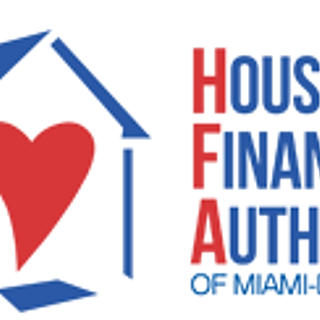6 Ways to Take Control of Your Debt in 2019
- HFA Miami
- Jan 16, 2019
- 3 min read

Many people make it their New Year’s resolution to get a handle on debt and improve their finances. Here are six easy steps you can take to make that resolution a reality.
1. Budget
Creating a budget will help you figure out how much money you need to set aside to pay down your debts, while also covering your current needs and obligations. Knowing what you owe on a monthly basis, and where you spend your money, can help you prioritize so you can pay your bills on time, get control of your debt, and start saving for the future.
Money management tips & tools
It’s important to know how you should spend your money—and how you’re spending it—as you work to get control of your debt. Our budget worksheet, cash flow tool, and spending tracker can help.
2. Track your spending
Once you have a budget in place, it becomes easier to find areas where you can cut back on spending. Track your spending for a week and compare it to your budget on a regular basis. Are you spending more—or less—than you originally planned? Adjust your budget as needed to make sure you still have money available to pay off debt.
3. Strategize, Strategize
There are two basic ways to reduce your debt:
The snowball method
The highest interest rate method
Snowball method
With the snowball method, you focus on getting rid of your smallest debt first and work your way up to paying off larger debts. This can be a great motivator—you may see progress quickly—but you may pay more in the long run as the larger debts continue to add up.
Highest interest rate method
With the highest interest rate method, you prioritize paying off the debt with the highest interest rate first. While this approach can save you money in the long run, you may not feel like you’re making progress quickly, especially with large debts.
It’s important to weigh the pros and cons of each debt reduction strategy and find the one that works best for you.
4. Work with debt collectors to pay off your debt
If you have an account that has fallen into collections, you can use a budget or cash flow tool as a starting point for negotiating a repayment agreement with debt collectors. Here’s how.
First, get more information about the debt, including:
Name of the creditor
Amount owed
Who to contact if you need to dispute the debt
Next, be honest with yourself about how much you can pay each month and decide on the total amount you’re willing to pay to settle the entire debt. When you talk to the debt collector, explain your situation and your plan. Make sure to record the agreement in writing with the debt collector before making a payment.
Keep in mind: If you have more than one debt with a debt collector, you can direct the debt collector to apply any payment you make to the debt you choose.
5. Consider working with a credit counselor
A reputable credit counseling organization can advise you on your money and debts, help you with a budget, and offer money management workshops. Here is a resource that can help you find a credit counselor that fits your needs as you work to pay off debts.
6. Acknowledge your accomplishments
After paying down the balance on one of your outstanding accounts, make sure you take some time to celebrate your accomplishments and look back at your situation and how you have improved.
If your plans for 2019 include purchasing a home, visit us at hfamiami.com/homebuyers to learn about our first-time home buyers’ mortgage, low interest rates and down payment assistance program.
Note, information in this post was derived from a blog of the Consumer Financial Protection Bureau.









































